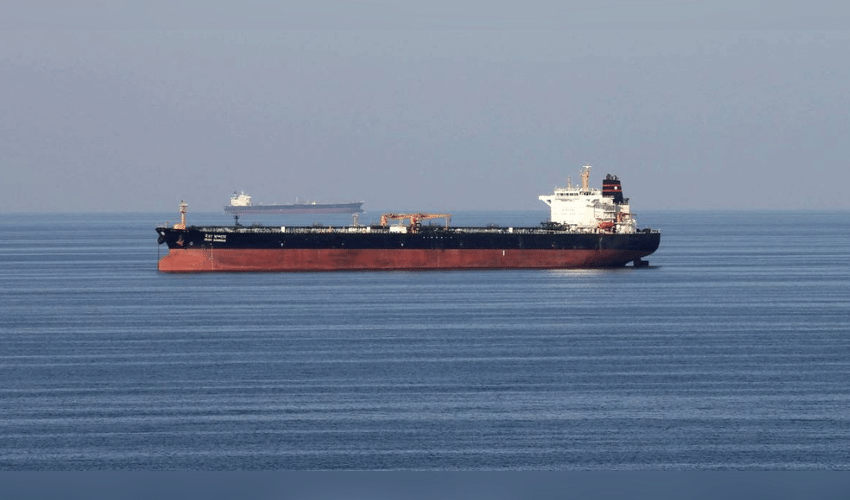Asia In News
According to U.S. sources, Iran has taken steps to lay mines in the Strait of Hormuz.
Published On Wed, 02 Jul 2025
Ronit Dhanda
0 Views

Last month, Iran’s military loaded naval mines onto vessels in the Persian Gulf, raising alarms in Washington that Tehran was preparing to potentially block the Strait of Hormuz in response to Israeli airstrikes across Iran, according to two U.S. officials. The preparations, previously unreported and detected by U.S. intelligence, reportedly took place after Israel launched its first missile attack on Iran on June 13. The officials, speaking anonymously due to the classified nature of the information, said the mines have not yet been deployed but their loading signals Iran may have seriously considered closing the critical maritime route. Such an action would have drastically intensified the conflict and disrupted global trade.
Roughly 20% of the world’s oil and gas shipments pass through the Strait of Hormuz, so any obstruction would likely have triggered a sharp rise in global energy prices. However, instead of surging, oil prices dropped more than 10% following the U.S. airstrikes on Iran’s nuclear facilities, in part due to relief that global oil supply remained uninterrupted.
On June 22, shortly after the U.S. struck three major Iranian nuclear sites, Iran’s parliament supported a motion to shut the strait. However, according to Iran’s Press TV, the decision wasn’t final and required approval from the Supreme National Security Council. Although Iran has previously threatened to block the strait, it has never acted on those warnings. The exact timing of when the mines were loaded remains unclear, as does whether they have since been removed. The U.S. did not reveal how it obtained the intelligence, though such information typically comes from satellite imagery or covert human sources.
When asked about the matter, a White House official credited U.S. actions—specifically Operation Midnight Hammer, efforts against the Houthis, and a pressure campaign—for keeping the strait open and weakening Iran. The Pentagon and Iran’s UN mission declined to comment. The officials also acknowledged that the mine-loading might have been a strategic bluff—meant to intimidate rather than act. Iran’s military might have been preparing for a possible directive from its leadership rather than initiating an immediate blockade.
The Strait of Hormuz, situated between Iran and Oman, connects the Persian Gulf with the Arabian Sea and is just 21 miles wide at its narrowest, with only two miles of navigable channel in each direction. Key oil-producing countries like Saudi Arabia, the UAE, Kuwait, and Iraq rely on it to ship crude—mainly to Asia. Qatar also depends on it for exporting nearly all of its liquefied natural gas. Although Iran also relies on the strait for its oil exports, it has long invested in the capability to close it if deemed necessary. According to a 2019 U.S. Defense Intelligence Agency estimate, Iran possessed over 5,000 naval mines that could be quickly deployed using small fast boats.
The U.S. Fifth Fleet, based in Bahrain, oversees maritime security in the region. It typically maintains four mine countermeasure (MCM) vessels there, though they are being phased out in favor of littoral combat ships (LCS), which also carry anti-mine systems. Ahead of the U.S. strikes on Iran, those anti-mine ships were temporarily moved from Bahrain as a precaution against retaliation. Iran’s immediate response was limited to launching missiles at a U.S. base in Qatar. However, U.S. officials have not ruled out the possibility of further Iranian actions.
Disclaimer: This image is taken from Reuters.



